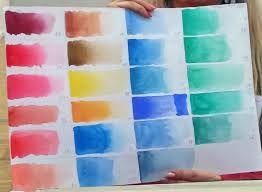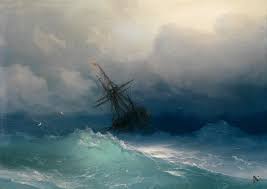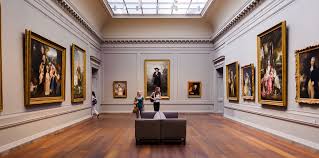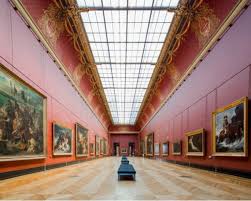ultraviolet radiation
RUSSIAN Vanguard. MAIN DIRECTIONS (part 3)
 Abstractionism (abstract art).
Abstractionism (abstract art).
The main theorists and practitioners were V. Kandinsky, P. Mondrian. Abstractionism rejected the image of forms of visually perceived reality, from isomorphism and focused solely on the expressive, associative, synesthetic properties of color, non-isomorphic abstract color forms and their innumerable combinations. The first abstract works were created in 1910 by Kandinsky. He set forth the aesthetic creed of abstract art in his book On the Spiritual in Art (1910) and in a number of other books and articles. Its essence boils down to the fact that the rejection of the image of external, visible forms of objects allows the artist to focus on solving exclusively pictorial problems of harmonizing color and form, through which the spiritual cosmos comes into contact with the recipient. Continue reading
ABOUT AQUARIAN PAINTING TECHNIQUE (part 5)
 This is confirmed by laboratory tests. Today, there are world-famous manufacturers who honor the traditions of the best manufactories, they have earned the high trust and respect of professionals. Information on the quality of the paint used can always be found by marking on its packaging. Knowing some of the laws of mixing, studying the behavior of paints of different companies and work experience will suggest the preferred choice of paints.
This is confirmed by laboratory tests. Today, there are world-famous manufacturers who honor the traditions of the best manufactories, they have earned the high trust and respect of professionals. Information on the quality of the paint used can always be found by marking on its packaging. Knowing some of the laws of mixing, studying the behavior of paints of different companies and work experience will suggest the preferred choice of paints.
Another stereotype is related to paper quality. You can read a lot of interesting things from the history of paper production and its application. Without delving into history and moving on to practical recommendations, let’s say that a modern watercolorist has a wide selection of professional paper. Continue reading



